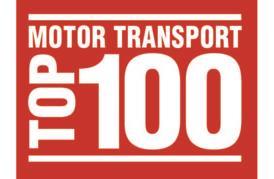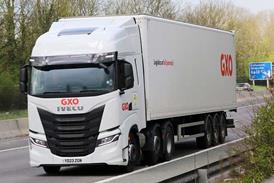It’s not our business to go about imposing extra hassle and costs on truck operators, but The Hub is wondering whether all the fuss recently about the maximum weight of pallets in tail-lift deliveries is really warranted.
Talk to Palletline, the pallet network that first raised the idea of reducing pallet weights for tail-lift deliveries to 750kg, or to the Association of Pallet Networks which has picked up on the issue again lately, and they will tell you that the point of the move is to reduce the risk of injury to drivers who currently have to shift pallets up to 1,250kg in B2C deliveries on uneven terrain with nothing more than an unpowered pallet truck.
Talk to the RHA, meanwhile, which is currently trying to get the new limit introduced on all tail-lift deliveries including B2B operations, and they’ll tell you pallet weights up to 2,000kg or more are now increasingly common.
All fair enough, of course. But is the problem really the pallet weight or the means of handling drivers are provided with?
Though bigger and more expensive, standard electric-powered pallet trucks could easily be used instead of unpowered ones to take all the grunt out of load handling. Pedestrian and ride-on versions of such trucks are commonly used in warehouses for exactly that reason.
Yes, some battery management discipline would be involved. Yes, they cost more. Yes, they’re slightly bigger and heavier. And yes, they might not make much difference for drivers struggling up an uneven surface like a gravel path to deliver a load of turf (though you can even get rough terrain versions that will).
What they will do, though, is take both the weight of the load and the effort involved in driving it forward off the operator.
So if pallet weight is really the issue here and if driver health and safety is really the focus, there's an obvious alternative to lowering pallet weights that would suit many tail-lift operations and the extra cost and management involved shouldn’t be a problem... should it?













